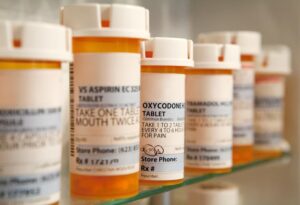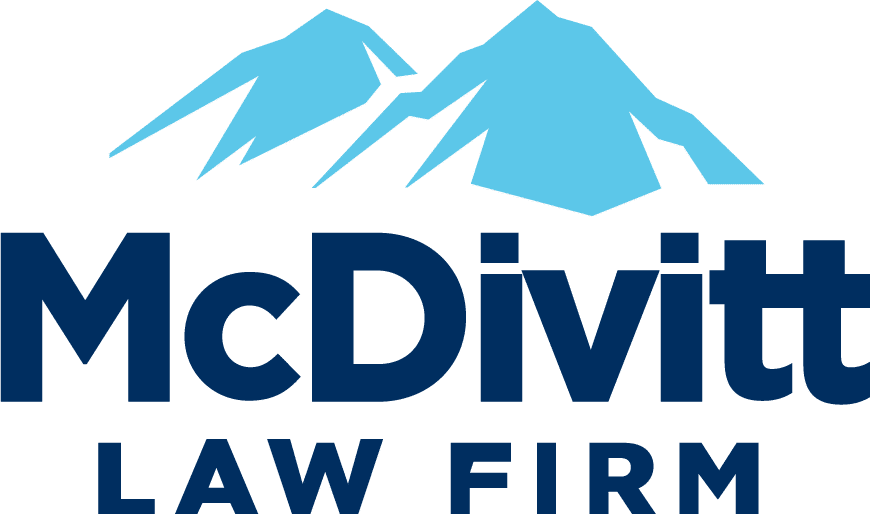 A February article in the Wall Street Journal discussed a debate regarding federal law which does not require generic drug manufacturers to independently update drug labels unless the change has been made to the equivalent brand-name drug. The FDA is attempting to change the current requirements under federal law, and require generic manufacturers to independently change the label when they are alerted to risks, and thus, bypassing the brand-name drug. Of course drug makers are not really keen on this proposed requirement. But more importantly, why aren’t generic drug manufacturers already required to do this? Well, that’s because of how the federal law has been interpreted and a 2011 Supreme Court case.
A February article in the Wall Street Journal discussed a debate regarding federal law which does not require generic drug manufacturers to independently update drug labels unless the change has been made to the equivalent brand-name drug. The FDA is attempting to change the current requirements under federal law, and require generic manufacturers to independently change the label when they are alerted to risks, and thus, bypassing the brand-name drug. Of course drug makers are not really keen on this proposed requirement. But more importantly, why aren’t generic drug manufacturers already required to do this? Well, that’s because of how the federal law has been interpreted and a 2011 Supreme Court case.
Pliva, Inc. v. Mensing
In 2011, the United States Supreme Court in Pliva, Inc. v. Mensing held that federal law on the labeling of generic drugs preempted state law requirements. This case involved the drug metoclopramide, also known as Reglan (brand name), which both plaintiffs took in its generic form. As the same issues were presented in two different cases in different states the Supreme Court consolidated the cases to decide the issue regarding drug regulations.
In the Drug Price Competition and Patent Term Restoration Act (the Hatch-Waxman Amendments) generic drugs can get FDA approval simply by illustrating that they are the same as an already FDA approved drug. 21 U.S.C. § 355(j)(2)(A). A generic drug in its application for approval must also show that the safety labeling “is the same as the labeling approved for the [brand-name] drug.” § 355(j)(2)(A)(v). The Court in Mensing points out that brand-name drugs and generic drugs have different labeling requirements, as brand-names must provide adequate safety labeling prior to approval, and generics must only meet the same labeling as the brand-name for approval. The Court further states, according to the FDA, that the FDA interprets its regulations “to require that the warning labels of a brand-name drug and its generic copy must always be the same—thus, generic drug manufacturers have an ongoing federal duty of ‘sameness.’” Pliva, Inc. v. Mensing, 131 S.Ct. 2567, 2574-75 (2011).
The state laws in Minnesota and Louisiana (the state laws at issue) require drug manufacturers that are, or should be, aware of a product’s danger include whatever dangers on the label in order to render that product reasonably safe. However, because federal law requires the generic labels to match brand-name labels, it therefore does not allow for manufacturers to issue additional warnings.
FDA Proposal
As mentioned above, the FDA now wants generic drug makers to unilaterally change labels instead of the manufacturer reaching out to the FDA with safety issues and trying to get both the generic and the brand-name label changed so that they match. However, according to the WSJ article, the FDA delayed implementing this rule until after a public meeting, which was held at the end of March. The FDA also reopened the comment period for the proposed rule until April 27, 2015 in order to receive submissions and additional comments regarding the proposed rule and any alternatives.
The drug industry has presented its own proposal. That proposal would have brand-name drug makers continue to change the safety label when aware of risks, but only for those drugs that have only a brand-name (no generic versions); otherwise, the FDA would be responsible for ordering safety changes on labels for all other drugs, including generic drugs. Some are worried that this plan would make for fewer updates. The WSJ article notes that there are around 400 generic drugs where there are no equivalent brand-name versions.
For more information, check out this New York Times article.


